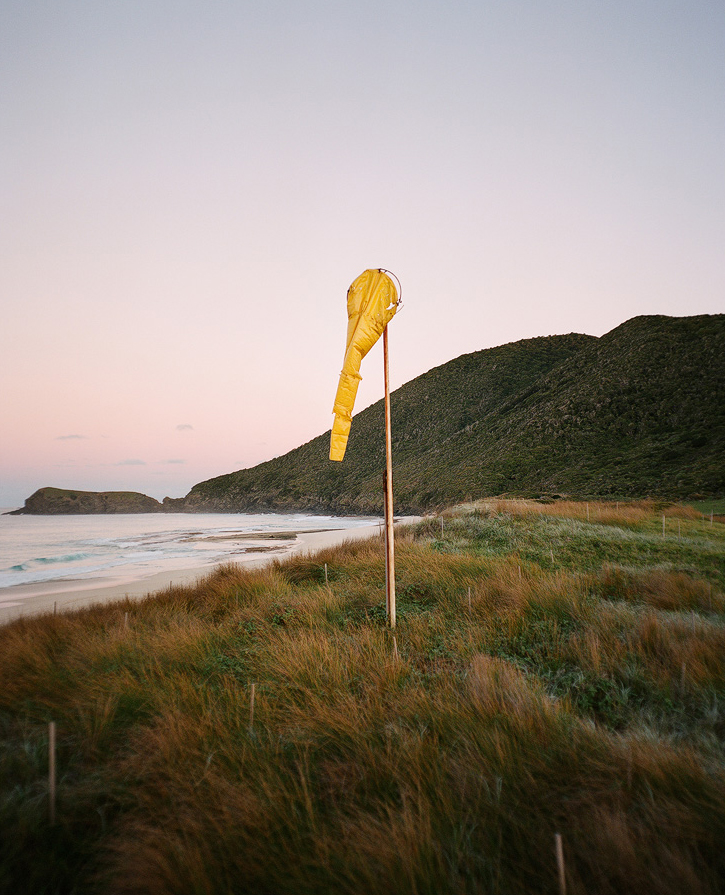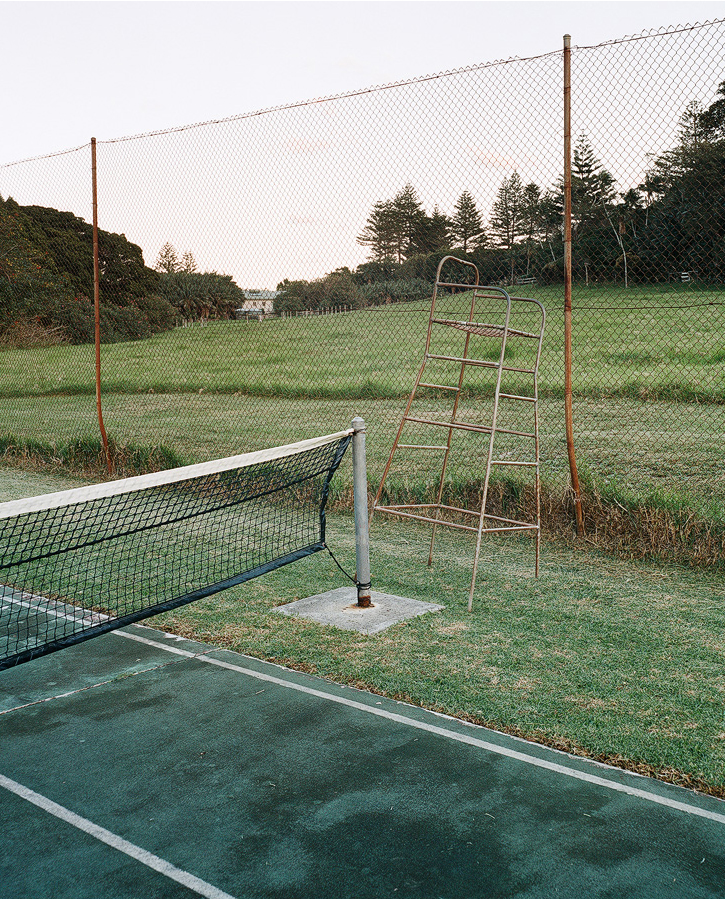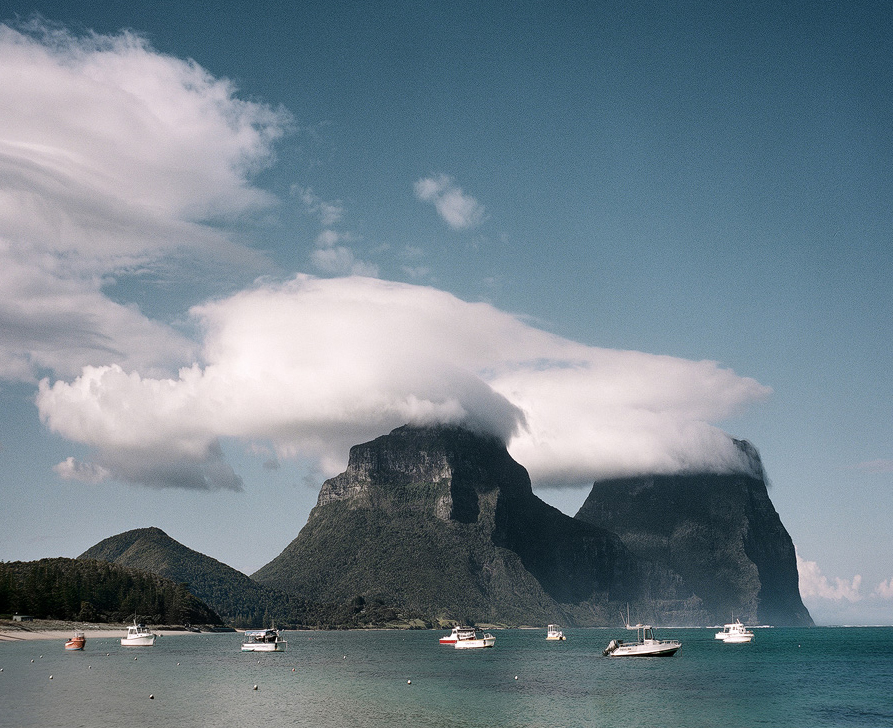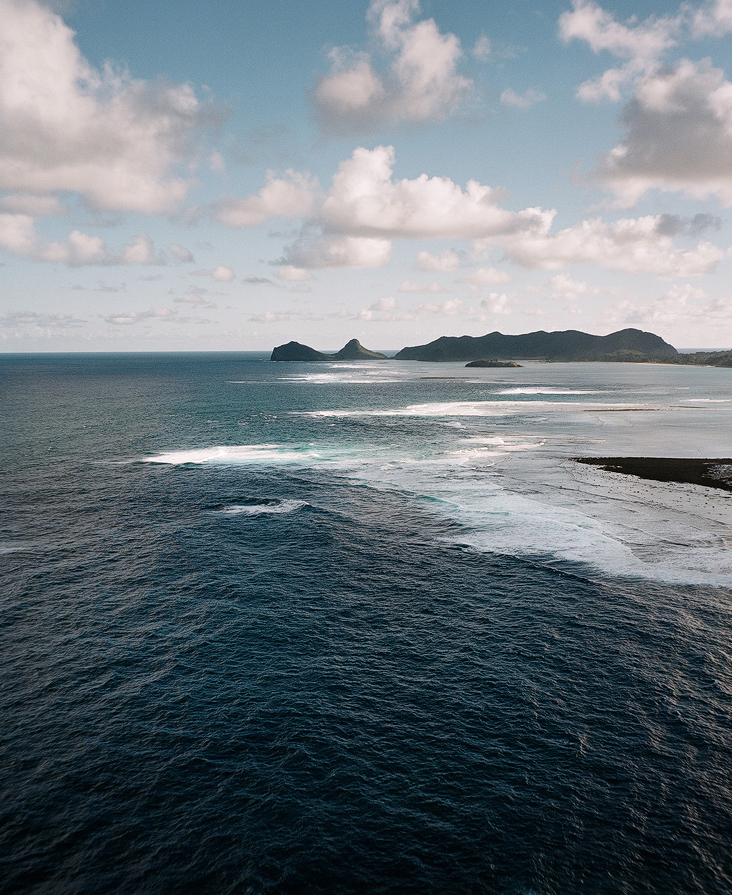I’ve been wanting to visit Lord Howe Island for quite a while. Only a few hours from Sydney, it’s a true paradise. I recall reading an interview with someone who had travelled to every country in the world. Their favourite place of all? You guessed it, Lord Howe.
We were lucky enough to stay at Pinetrees Lodge, voted by Tripadvisor as the number one hotel in Australia. It’s not hard to see why when you arrive, given the wonderful food and service on offer. It’s on another level. Of course, the epic surroundings help, and they’re easy to find.
I took the trip in the middle of a gear conundrum. When my Sigma DP-1 died, I finally decided to jump into a P-series Phase One system. I’ve been lusting after a Phase One for as long as I can remember, but never quite had the funds. Funnily enough, I soon as I started to use it I knew it wasn’t for me. I think I expected to point and shoot and only get magic in return. The results were great, but given the size and bulk of the system, the dual batteries, the cumbersome AF and glitches, I couldn’t do it.
Impressed by the results I was getting from the Mamiya RB67 and looking at the work of Patrick Wack, I decided to go all-in with film and purchase a Mamiya 7 with 65mm f4 lens. It wasn’t cheap, but it’d done my homework and subsequently decided ‘this is the camera that will make my work great!’.
Many people call the Mamiya 7 the best camera ever made. Using one, it’s easy to see why. They’re just naturally fun (and easy) to use. There is little clutter to get in the way of process. It really helps you get on with the job. It’s also beautifully designed and feels great in the hand. I used Porta 400 exclusively, running through about a roll a day for the half-week we were there. I was having a blast on the island using the Mamiya. It seemed like this would be ‘the one’, even if it was a bit nerve-wracking getting the film through the airport.
The results, as you can see, are fine. The 6x7 format works, the tones are wonderful and it gives a real, soft sense of the island. So, why did I sell the Mamiya when I returned home? I was excited to get the files back when I got back. I processed the whole lot in about an hour, but every time I zoomed in I was disappointed. The edges weren’t as sharp as I was expecting, the grain was more prominent… It sounds ridiculous, but I missed that clinical cleanliness of my digital files and the latitude for post-processing. The expense of processing and developing also played a factor (around $5 a shot AUD), so I made the hard decision to give the Mamiya up. I still have my RB67 to personal work, preferring its ability to focus closely over the 7 as better suited to portraits.
If you are considering a Mamiya 7, I’d go for the Mamiya 6 instead, which is more or less the same thing but with a square 6x6 format and a hell of a lot less in terms of cost. There are only a couple of lenses for the Mamiya 6, but I think this is actually an upside in many ways. Many 6 owners have the full set. Either way, there are both wonderful cameras and probably the pinnacle of rangefinders. If film is your thing, you’d be hard-pressed to find better. For me, it’s back to Sigma.
As for Lord Howe itself, I’d love to return. It’s hard to beat a BBQ by the beach, Mt Gower looking on, pristine water ahead with barely a soul around. Then again, I’m pleased it remains a hidden secret of sorts.
While I got around to most of the island’s iconic locations, including the hike up Mt Gower, I never got to the one I wanted to see most: Ball’s Pyramid. This giant sea stack alluded me all trip. I could see it out there on the horizon but could never get close enough given the conditions. There was not a boat on the island willing to go out. I even tried to charter a plane, to no avail. But as the hotel staffer told me, ‘You have to leave something to come back for, right?’. Hopefully next time I’ll get to see it up close and add it to my Icons series. Time to get saving again then, I guess…
Some more images for you:














